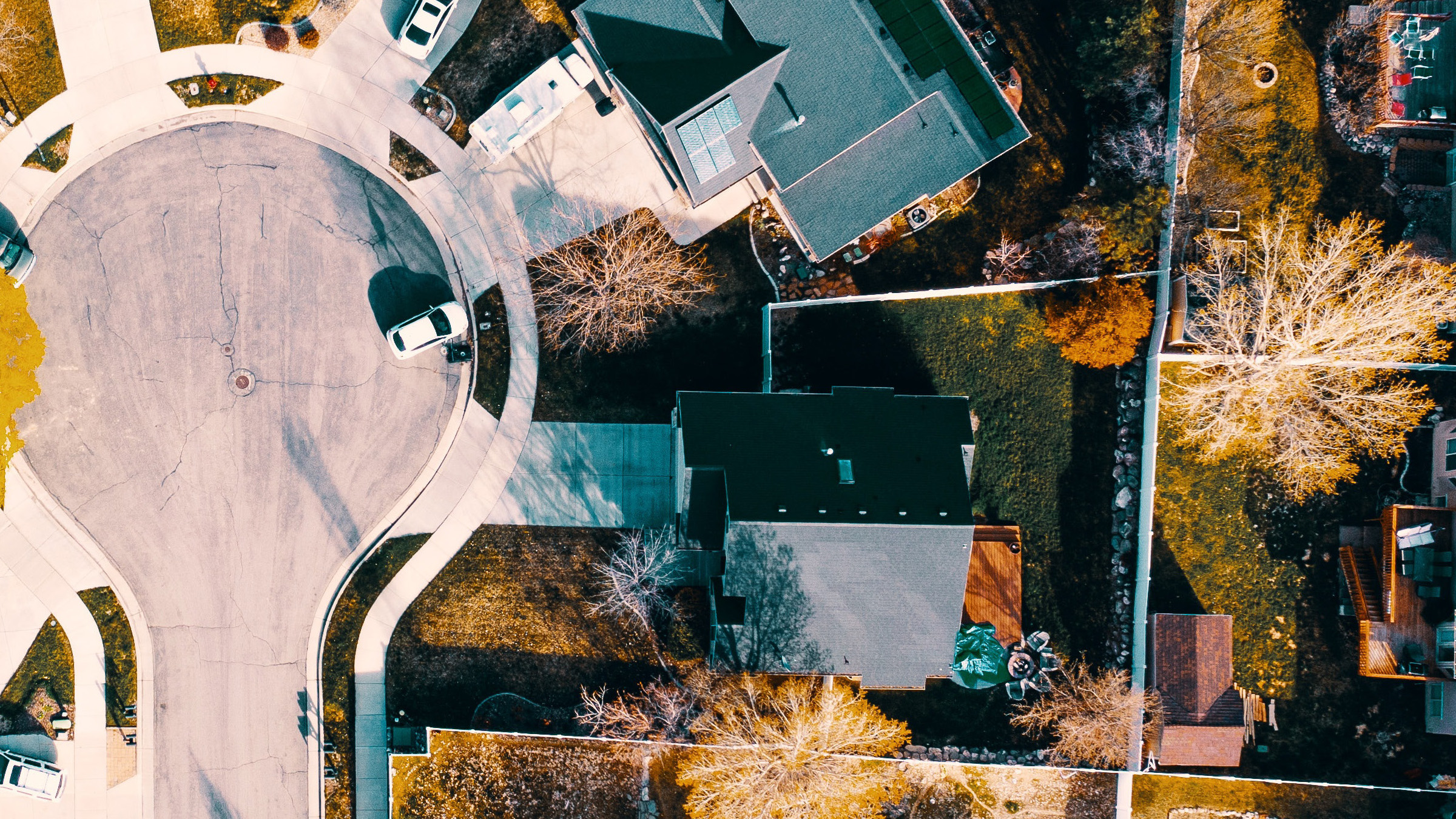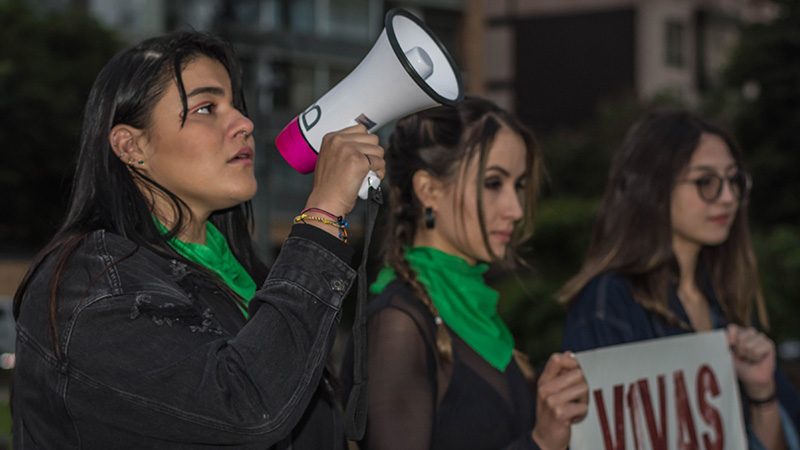
Criminal Justice Reform in Massachusetts: A Five-Year Progress Assessment
Criminal Justice Reform in Massachusetts is the first systematic look at the impact of two landmark criminal justice reform laws passed in 2018.


Criminal Justice Reform in Massachusetts is the first systematic look at the impact of two landmark criminal justice reform laws passed in 2018.

Based on extensive review of local planning documents, state reports, and press coverage over the past 100 years, this report finds widespread use of zoning as a tool of social exclusion.

In relative terms, Black and Latino Americans really are far more likely to be low-wealth. But it’s simultaneously true that most low-wealth families are white.

Stocks and retirement accounts are now estimated to account for roughly 37-38 percent of the Black-White wealth gap, up considerably from the late 1980s.

Just 3 percent of Black households own commercial real estate, compared to 8 percent of White households. Closing this gap may help reduce wealth inequality.

Newly released data from the Survey of Consumer Finances provide a picture of wealth coming out of the pandemic, revealing some surprising, largely positive, trends. Unfortunately, huge wealth inequality remains.

The new report brings together the results of a statewide survey of 150 AAPI artists and creative professionals, 1-on-1 interviews, and listening sessions to highlight the strengths, challenges and opportunities perceived for the sector.
Download the report
Published in partnership with the Gastón Institute at UMass Boston, this report explores the hurdles facing credentialed workers, such as doctors, lawyers and engineers, who immigrate to Massachusetts and seek to use their professional skills in their new home.
Download the report
Produced by MassINC Polling Group and a collaborative team of Asian and Pacific Islander American (APIA)-serving organizations, this survey provides new insights about how Massachusetts APIA residents are faring across a wide swath of issues.
Download the report
Commissioned by the Latino Equity Fund and conducted by the Mauricio Gastón Institute at UMass Boston, this report takes a first-of-its-kind look at the geography, scale and reach of nonprofits and grassroots initiatives serving Massachusetts Latinos.
Download the report
In a new report, the Equality Fund at the Boston Foundation and the Fenway Institute explore the data and metrics around the state's LGBTQ+ population. While the data show increasing numbers of young people identifying as LGBTQ+, troubling gaps remain for some groups, leading to a series of recommendations for change.
Download the report
A survey conducted by MassINC Polling Group with the Boston Foundation and other partners finds that the Massachusetts Rental Voucher Program gets high marks from tenants and landlords alike -- but that lingering challenges are reducing the program's effectiveness.
Download the report
In this new report, Boston Indicators collaborated with Boston College’s Center for Retirement Research to pair a quantitative look at the income and wealth of older households with a set of structured interviews that reveal how low-income, low-wealth seniors stretch their limited resources to make ends meet.
Download the report
In this report, produced by MassBudget for Boston Indicators' Racial Wealth Equity Resource Center, researchers explores family child care businesses through the lens of sustainability and wealth-building. and explores how we can help FCCs grow and become financially stable.
Download the report
In this report, Boston Indicators and the American Institute for Boys and Men explore important, and concerning, trends for men and boys in health, mental health, education, and employment, with widening gaps between men and women in health and education, and a widening differential among men in employment and wages.
Download the report
Written in partnership with TransitMatters, this new report explores the supportive relationship between housing density and effective transit, and highlights some of Greater Boston's best opportunities to craft a stronger ecosystem.
Download the report
Criminal Justice Reform in Massachusetts is the first systematic look at the impact of two landmark criminal justice reform laws passed in 2018.
Read the reportBased on extensive review of local planning documents, state reports, and press coverage over the past 100 years, this report finds widespread use of zoning as a tool of social exclusion.
Read the report

Based on extensive review of local planning documents, state reports, and press coverage over the past 100 years, this report finds widespread use of zoning as a tool of social exclusion.
Read the report